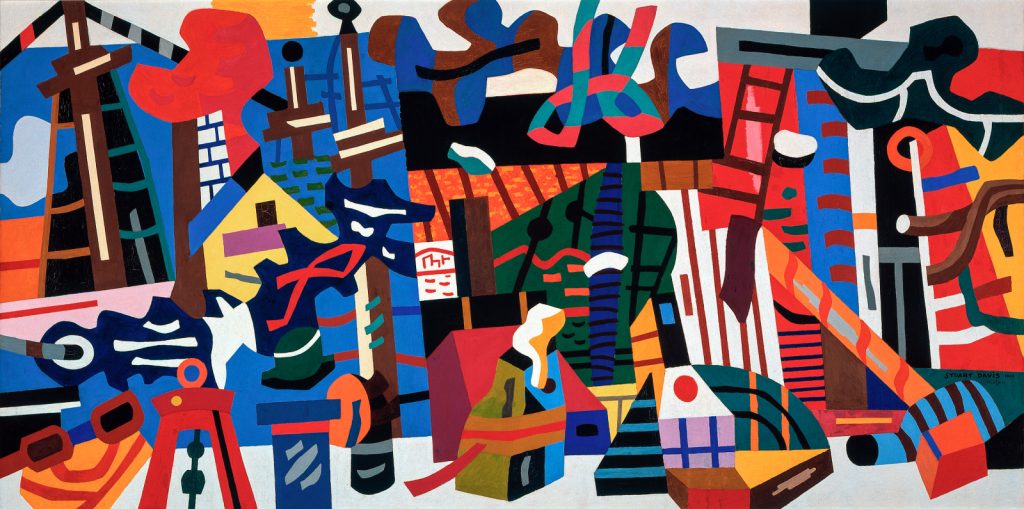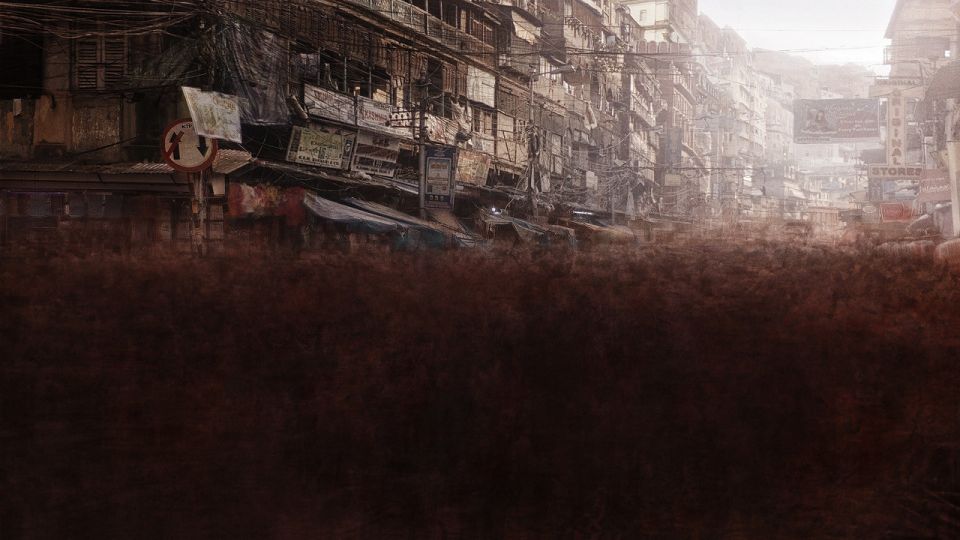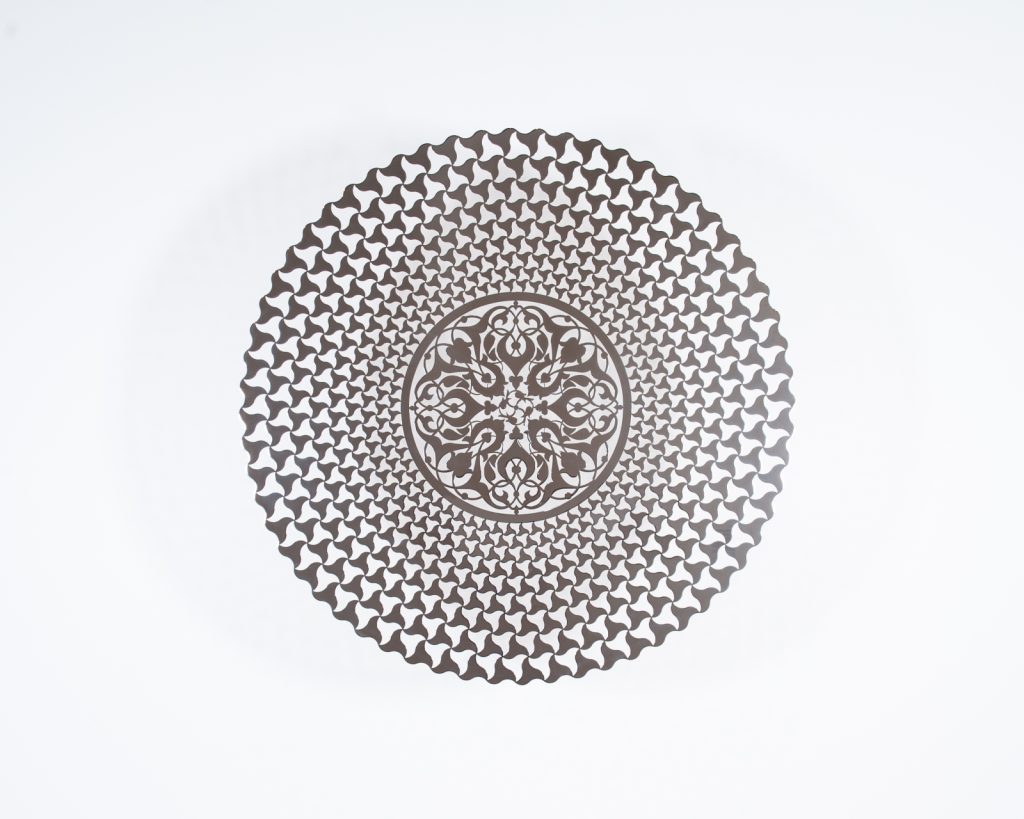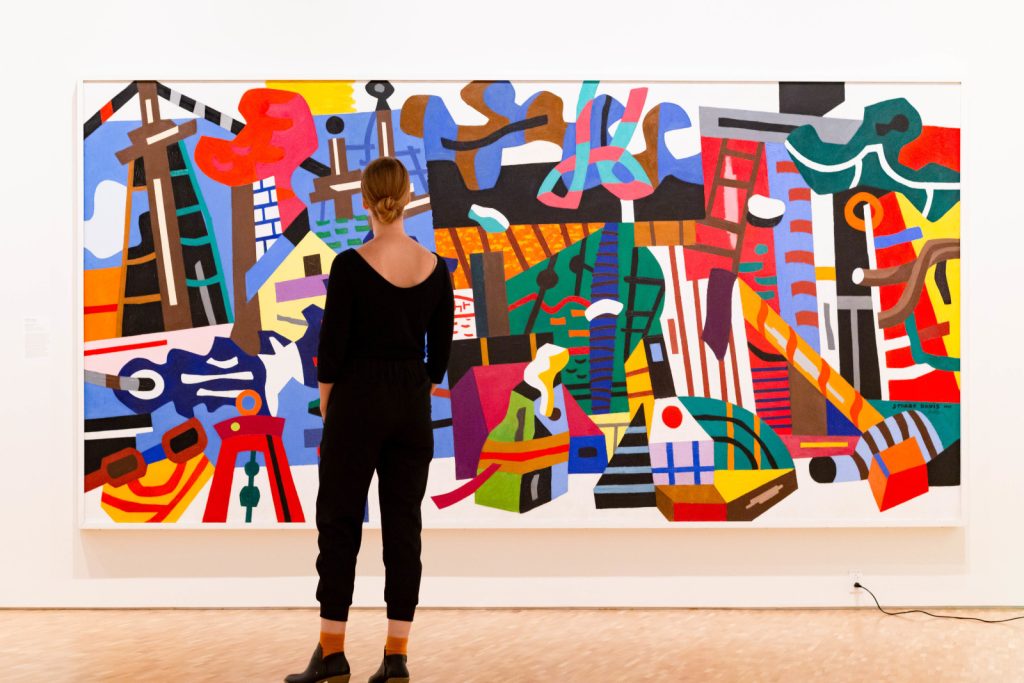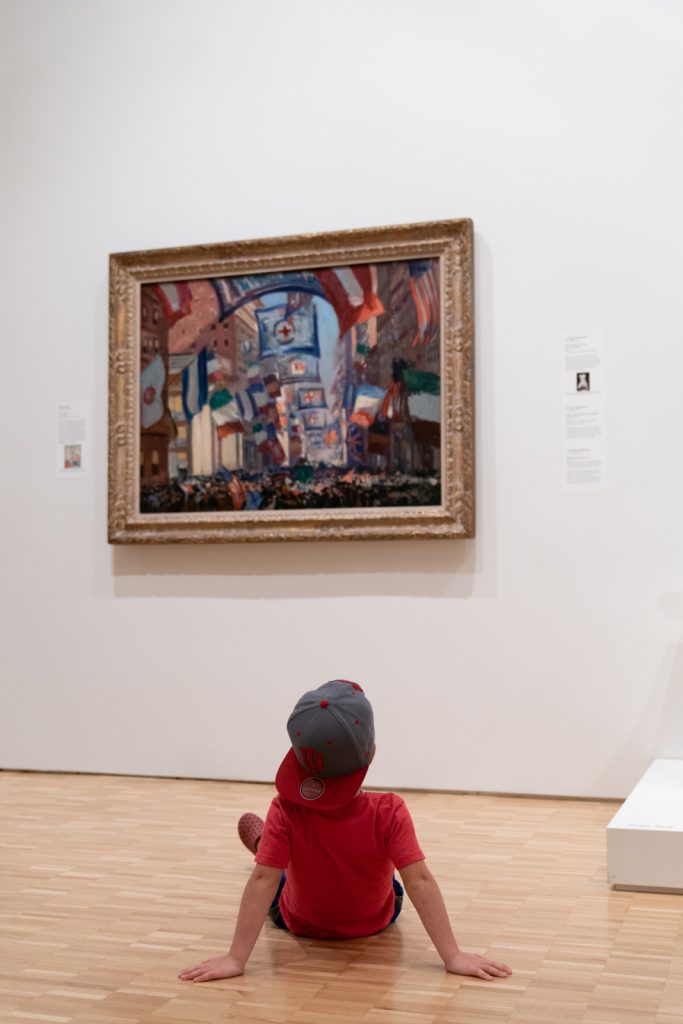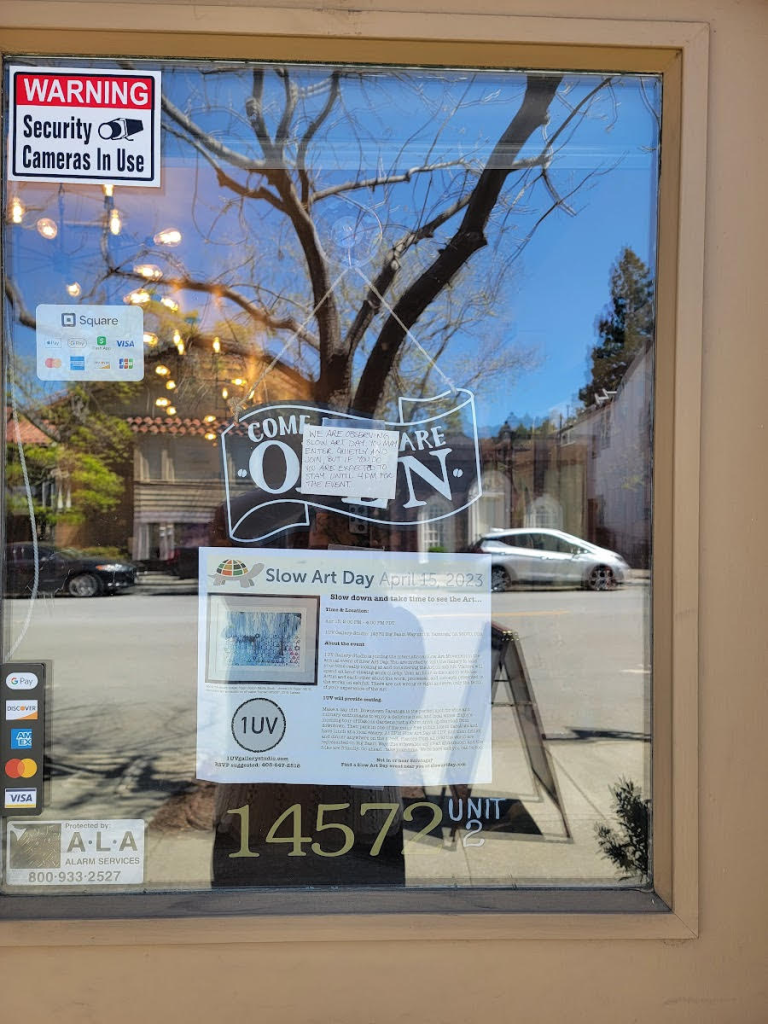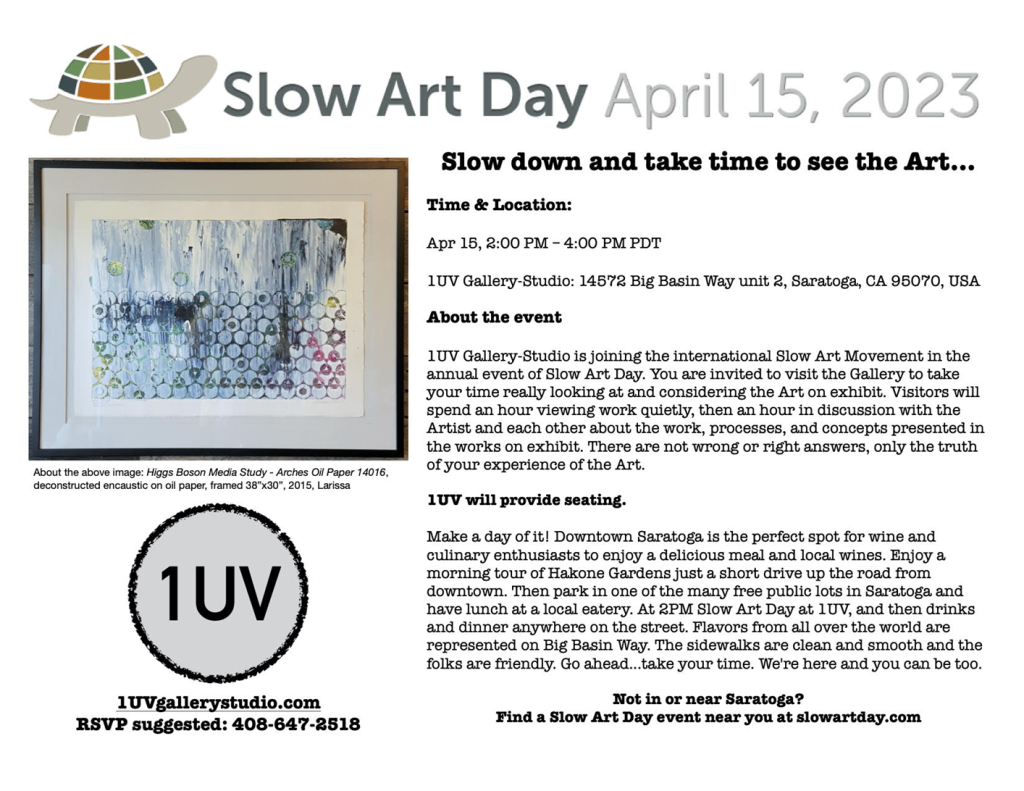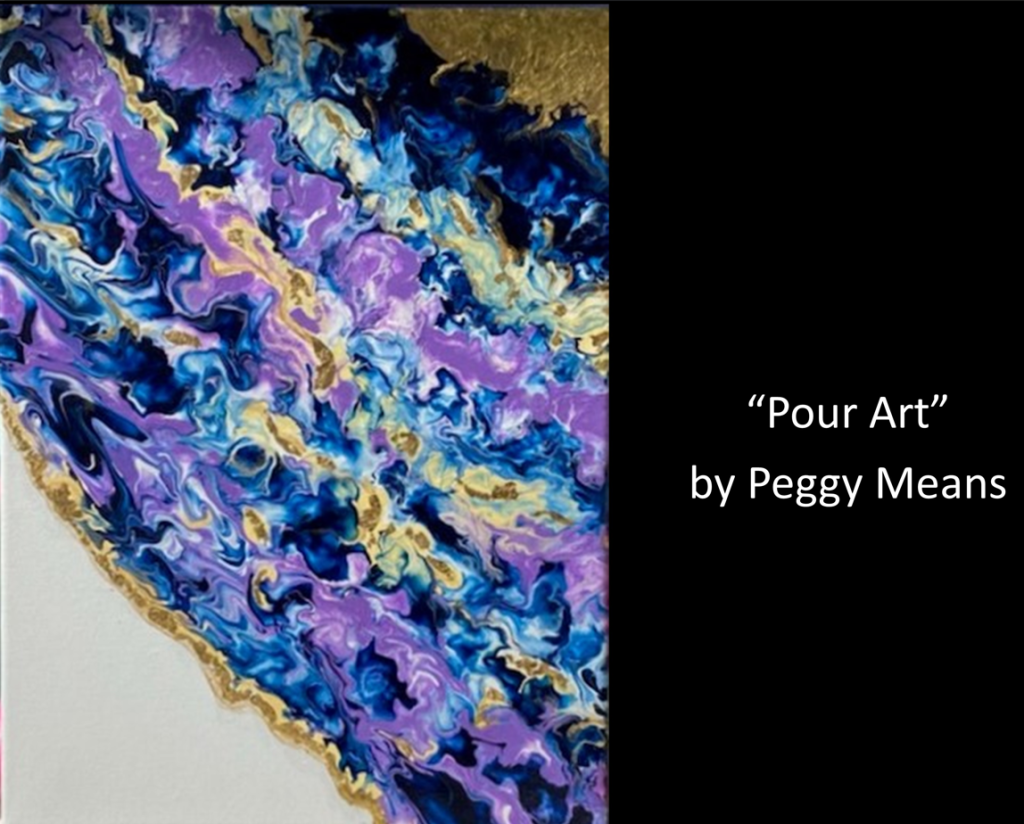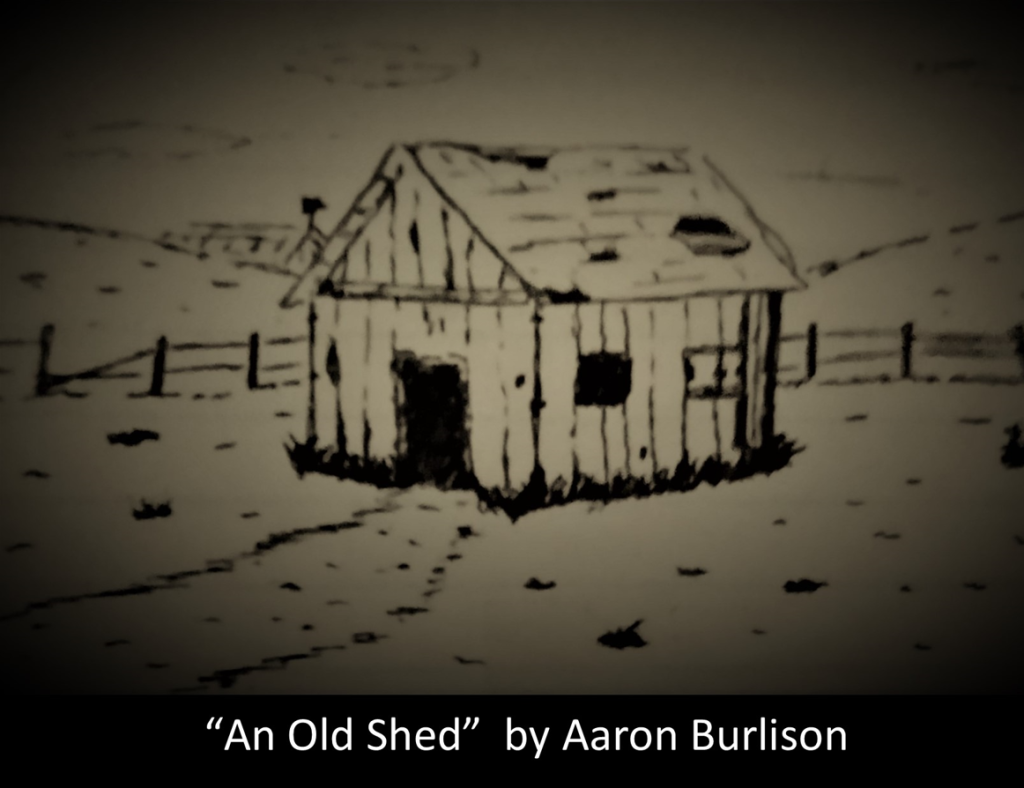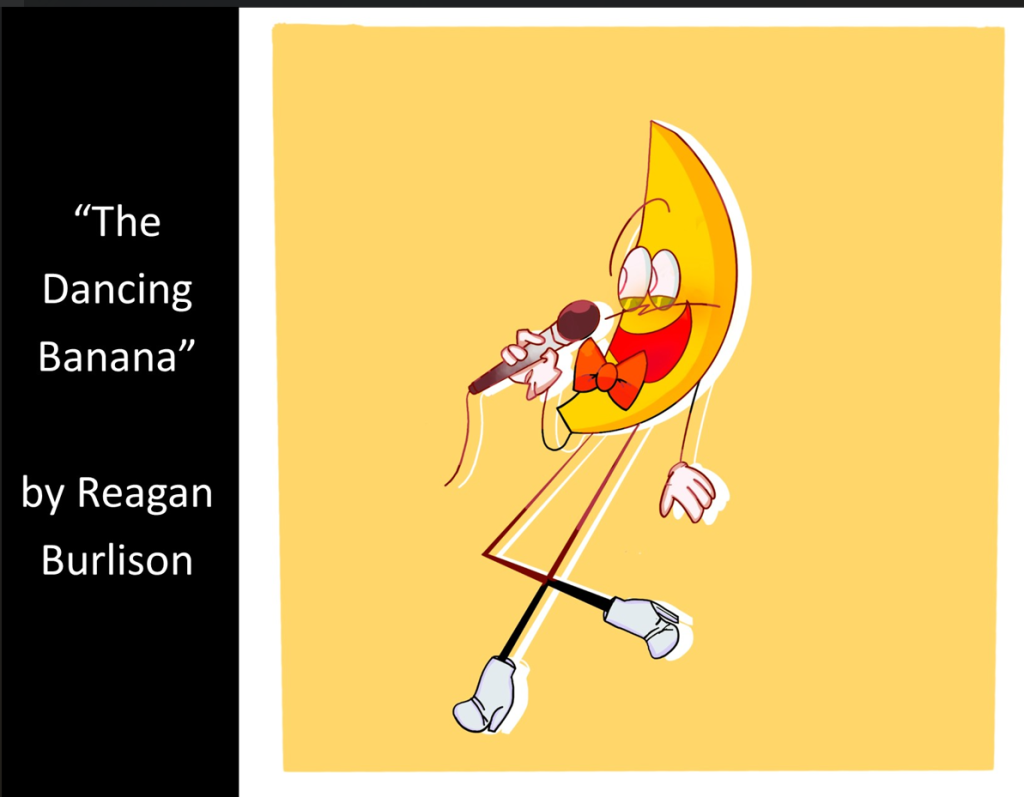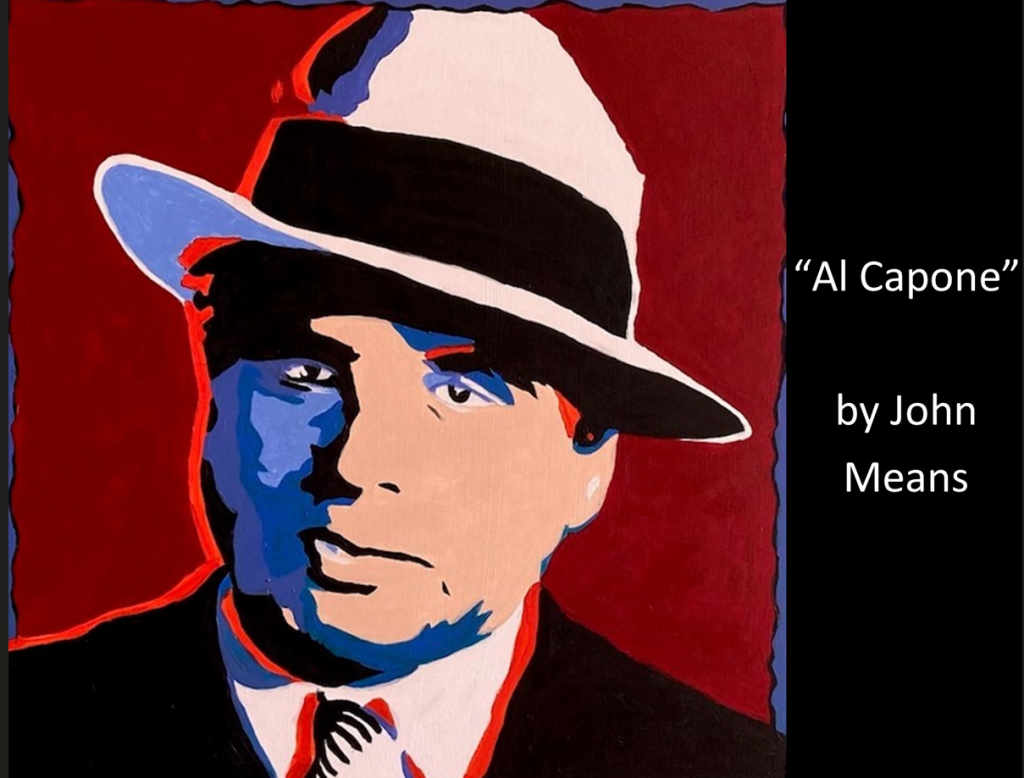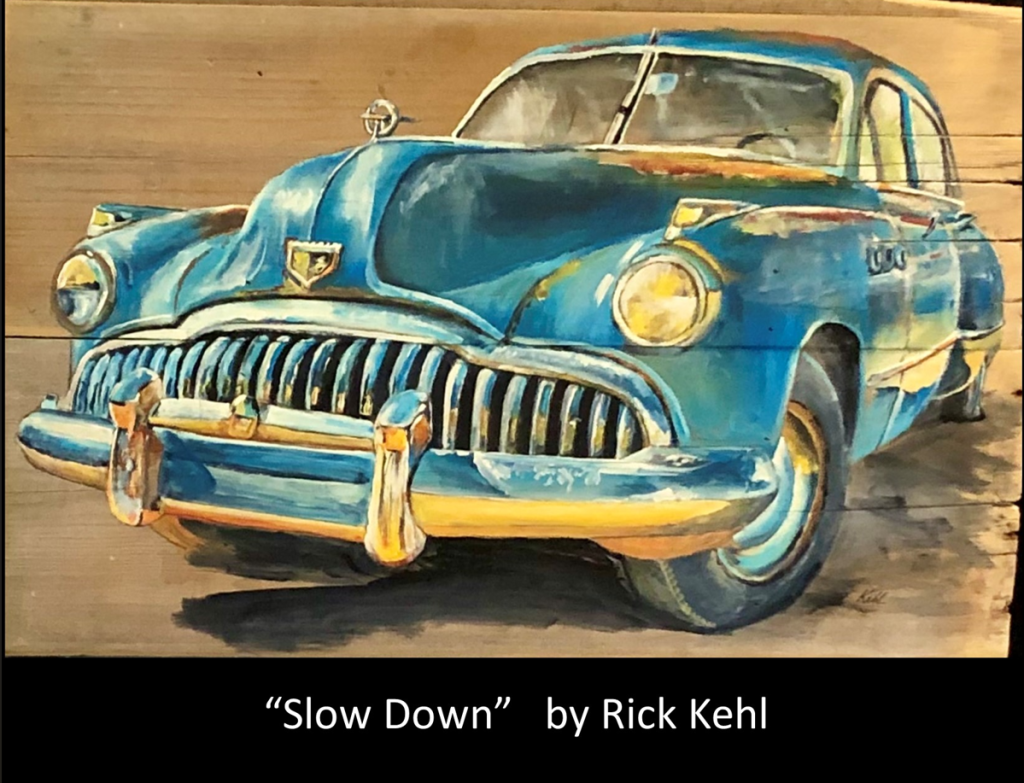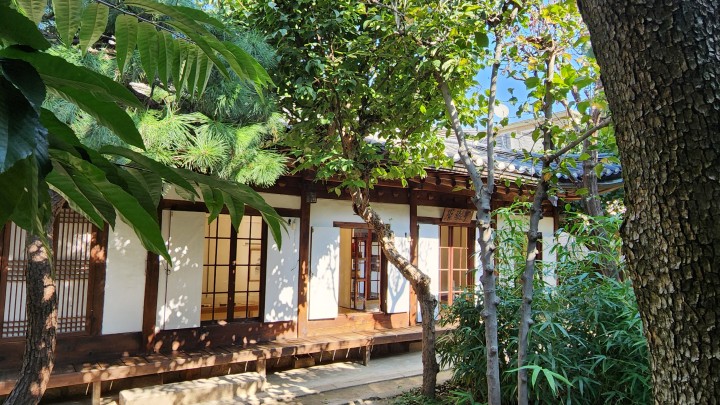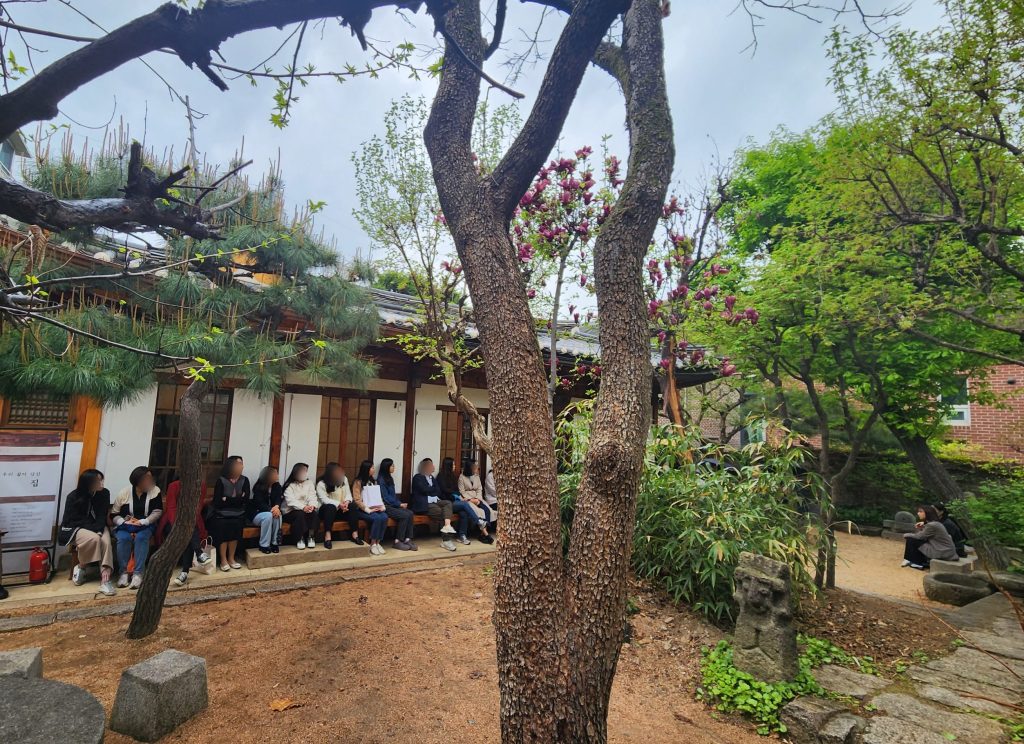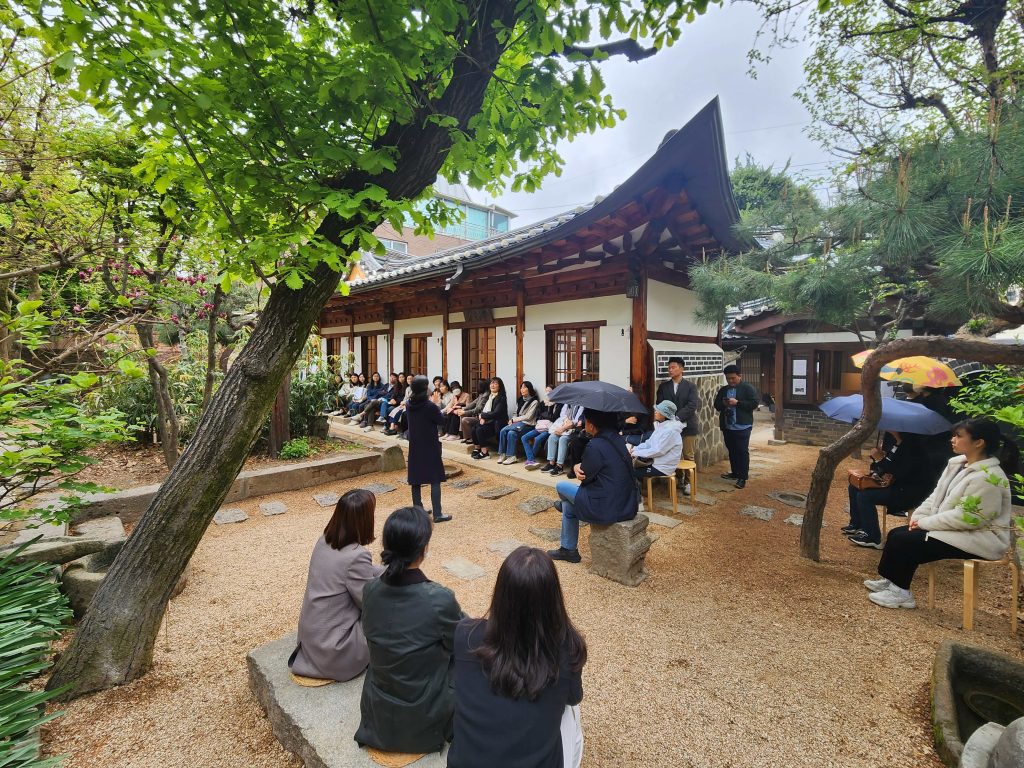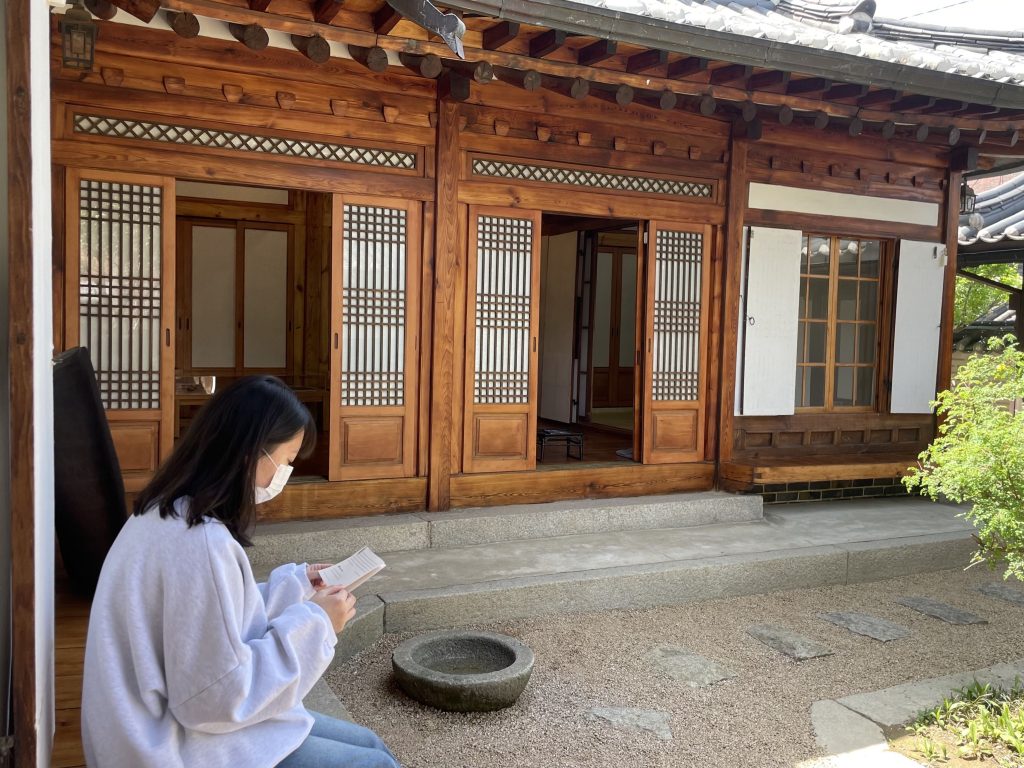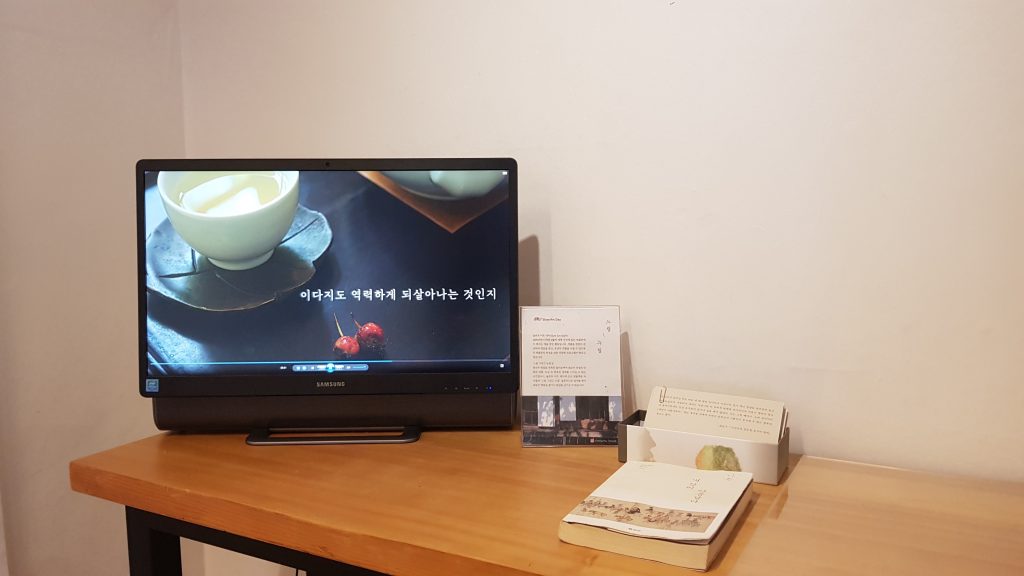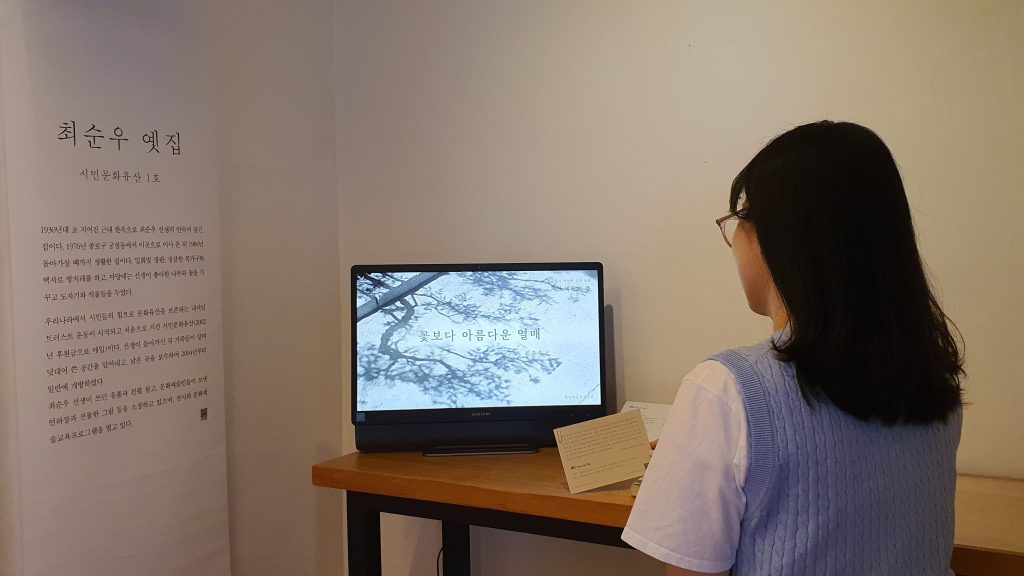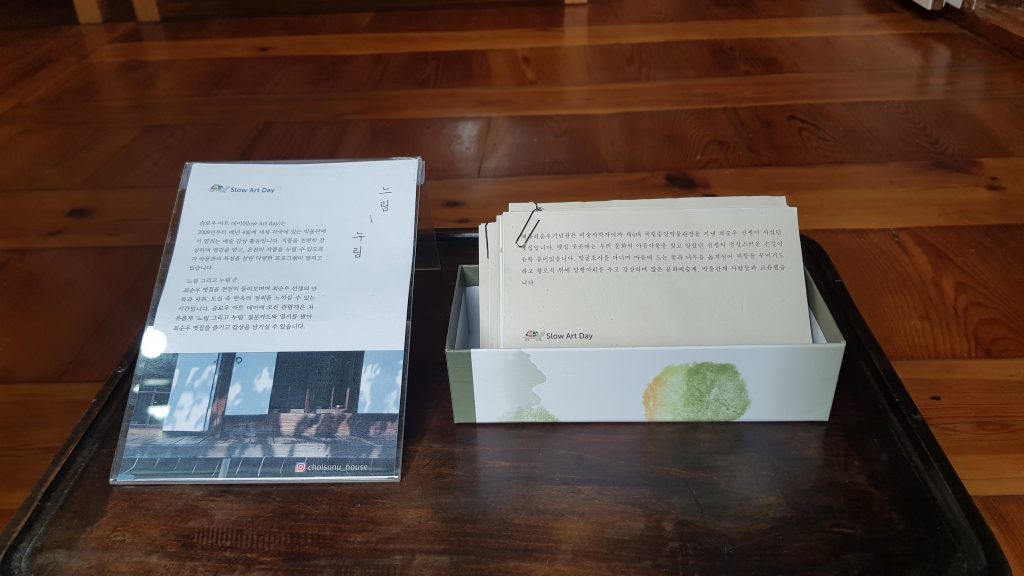For their Slow Art Day 2024, the MelonRouge and Artichoke Gallery in Magaliesburg, South Africa, invited visitors to slowly experience the exhibition ‘POP Art – is it ISM or is it ART?’, listen to music, and eat food.

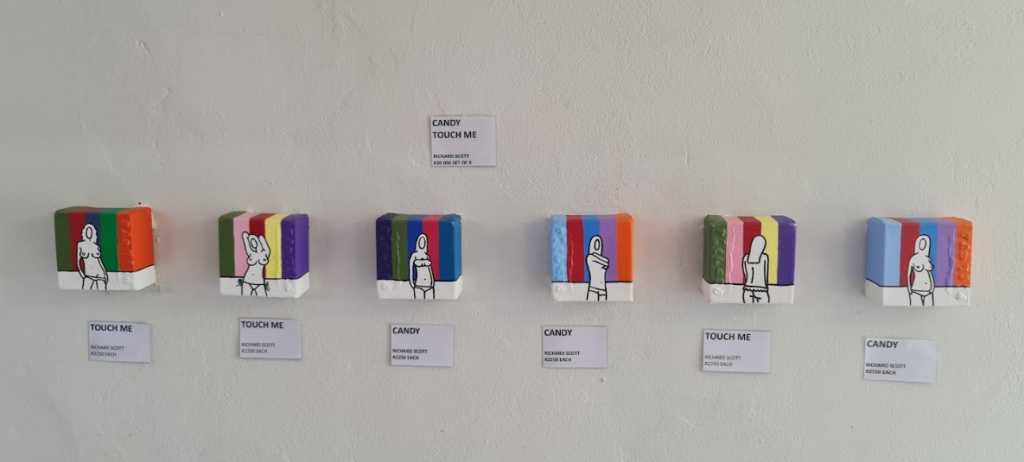
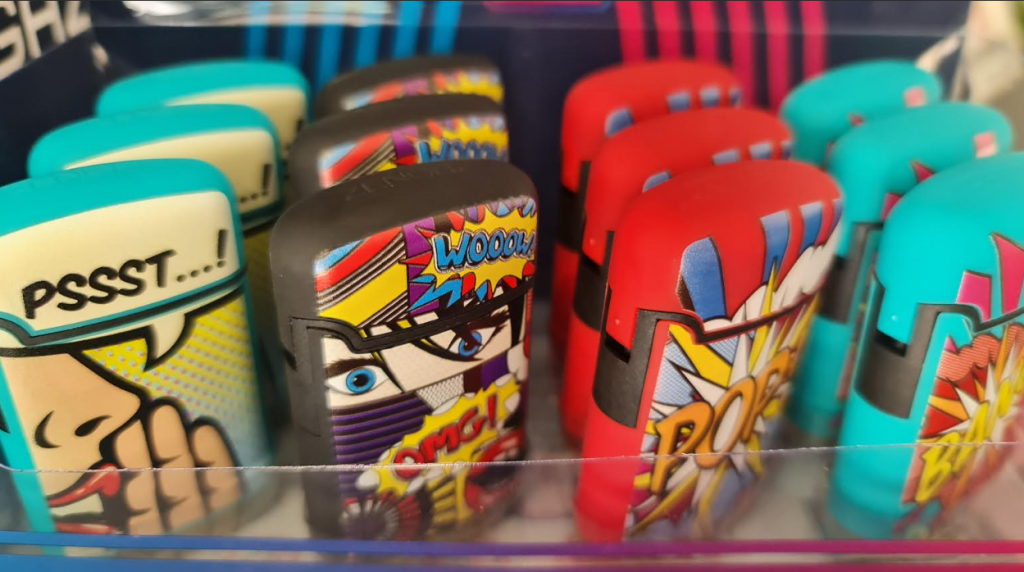


On Slow Art Day, visitors gathered at the Gallery to explore the art of Richard Scott and listen to the
music of Niki Daly. The gallery also displayed various practical items adorned with Pop Art, such as lighters, vinyl covers, and magazines, integrating art into everyday life.
Hannelie Sanders, the event host, led a lively and informative discussion. The central question during the event was whether Pop Art qualifies as an art form or merely an “ism.” The conversation was inspired by Niki Daly’s song, whose lyrics playfully questioned the distinction between artistic movements and true art:
Lyrics Excerpt:
Maholy-Nagy, Maholy-Nagy
I love his ism, but is it art?
Tell me my Bauhaus baby
Is it art?
Is it an ism or is it an art?
…
The song set the tone for the day’s theme, blending humor with a critical examination of art
history and theory.
Richard Scott, a prominent British artist based in Cape Town, was a key feature of the event. Scott’s art often combines vivid Pop Art elements with everyday objects, making his work accessible and engaging. His art was displayed alongside practical items, emphasizing Pop Art’s integration into daily life.
As most readers know, Pop Art emerged in the mid-20th century, characterized by its use of popular culture imagery and mass media techniques. Artists like Andy Warhol and Roy Lichtenstein drew inspiration from advertising, comic books, and consumer products, challenging traditional notions of art. This movement blurred the lines between high art and mass culture, making art more accessible to the general public.
At Slow Art Day HQ we are looking forward to whatever MelonRouge Artichoke Gallery designs for Slow Art Day 2025.
-Johanna, Ashley, Jessica Jane, and Phyl
P.S. Stay up to date with events at the MelonRouge Artichoke Gallery via their Facebook
Here you can also see some videos produced in connection with the Slow Art Day event and shared to Facebook:











